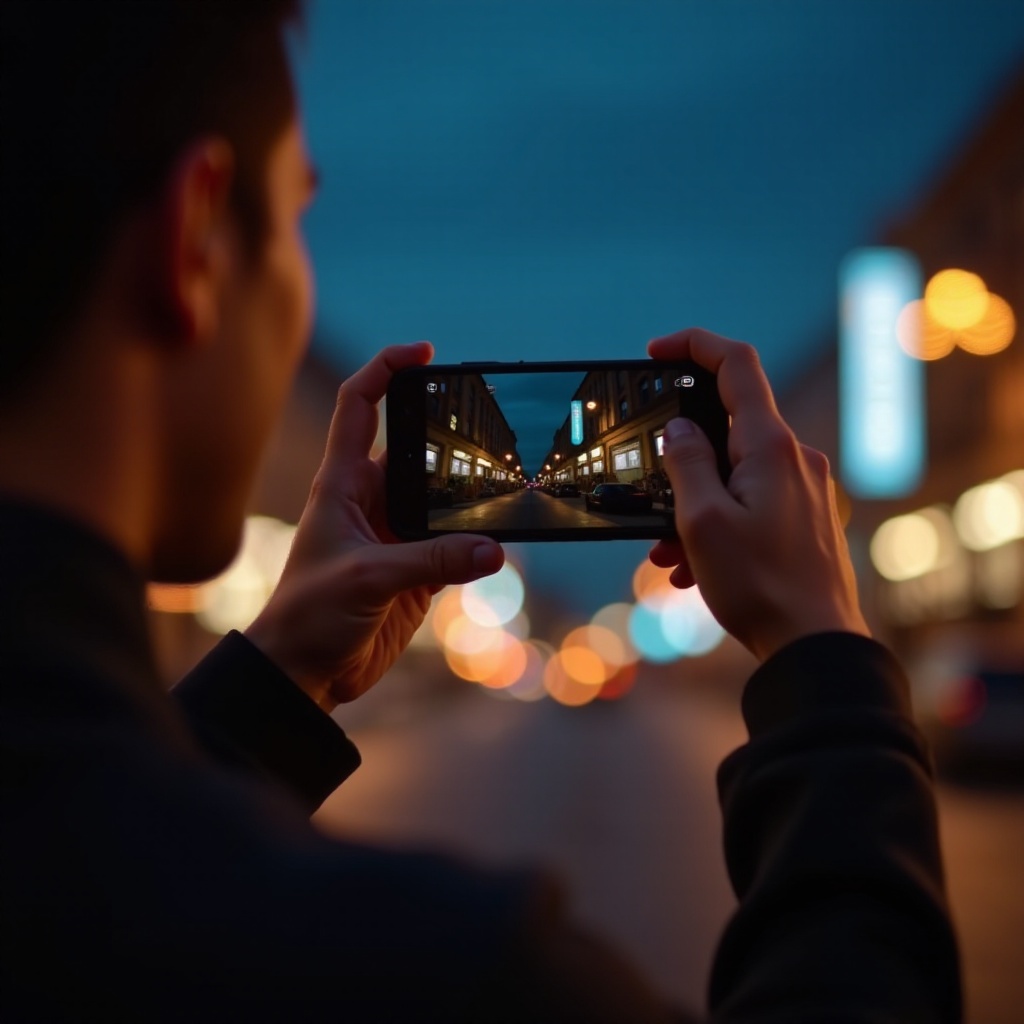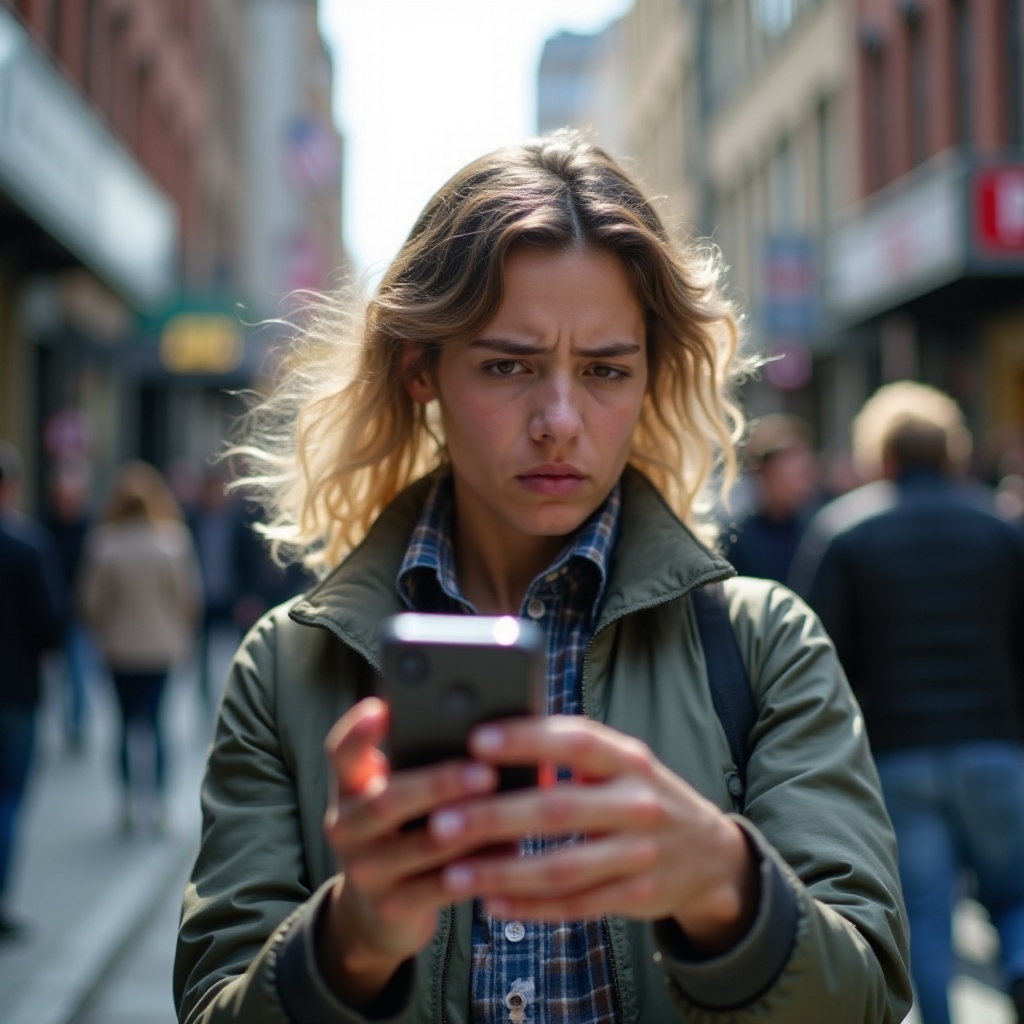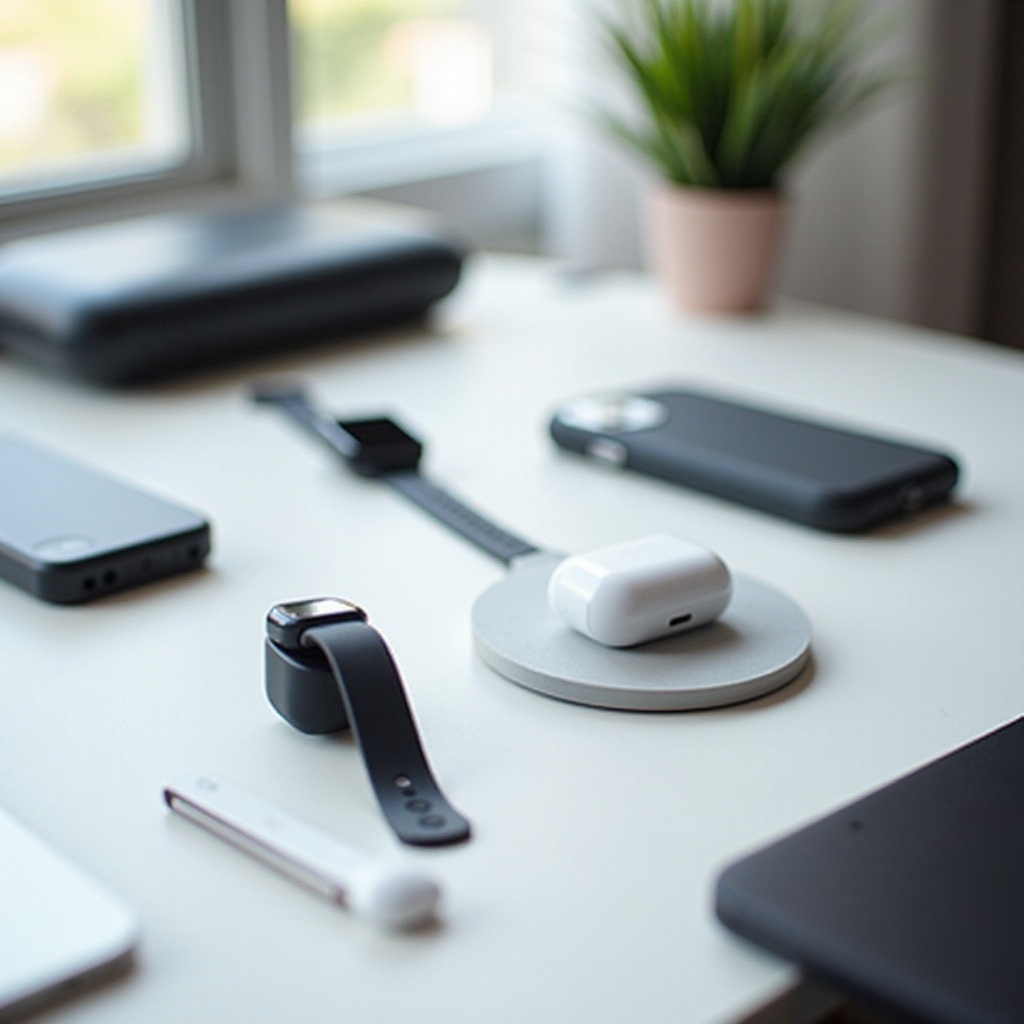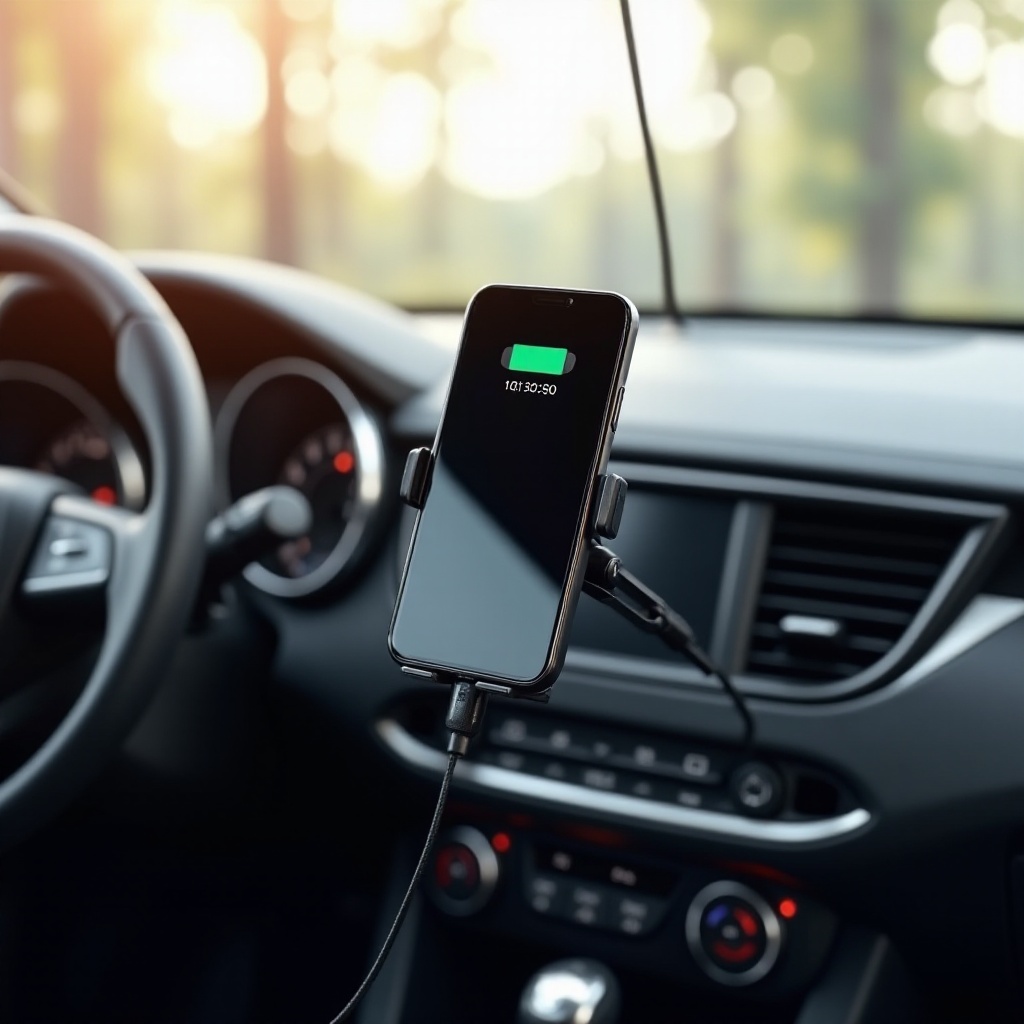Introduction
Dropping an iPhone in water can be a heart-stopping moment. While many people might suggest putting it in a bowl of rice, this method is actually a myth and can sometimes do more harm than good. In this guide, you will learn effective and safe methods to dry your iPhone without using rice, ensuring your device remains in good working condition.
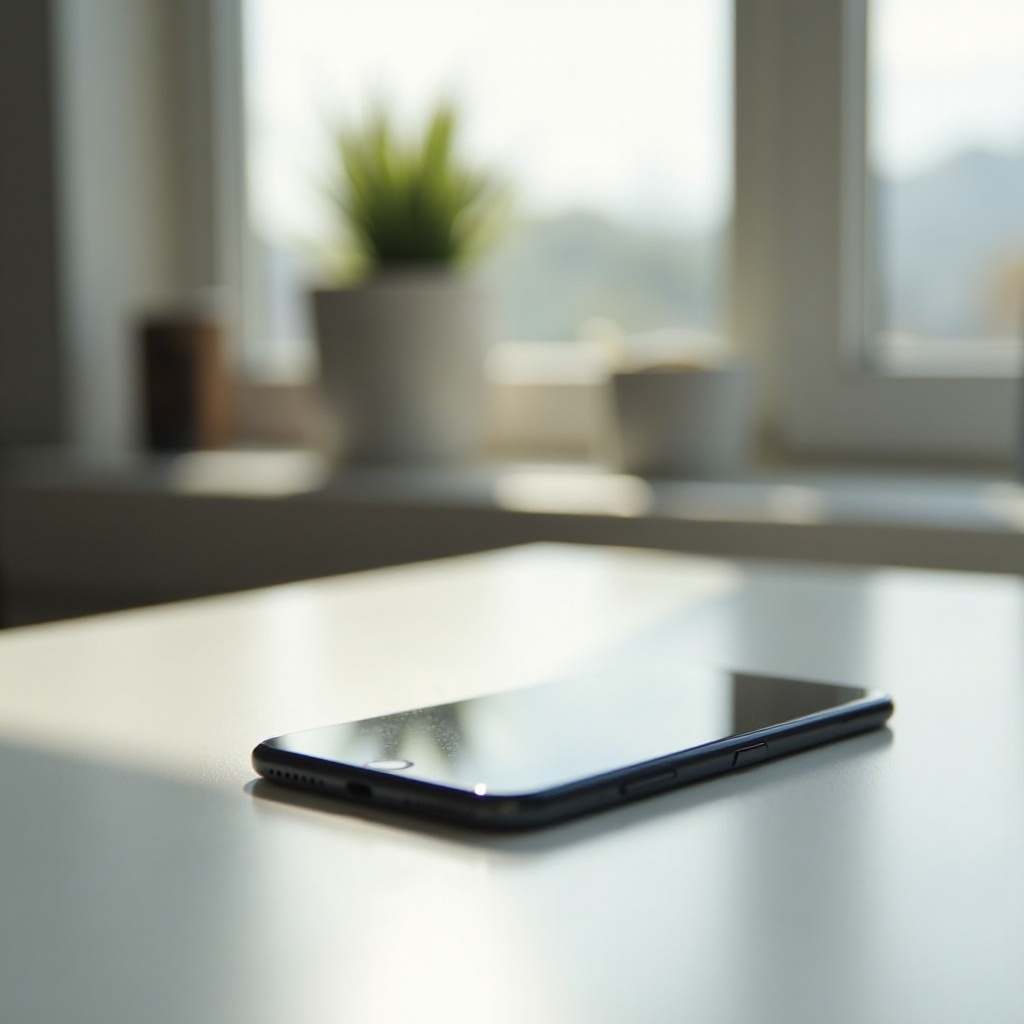
Why Proper Drying Methods Matter
Water can cause significant damage to the internal components of your iPhone. If not dried properly, your device can suffer from short circuits, corrosion, and ultimately, irreparable damage. While rice is commonly believed to absorb moisture, it is not efficient enough to dry out all the internal components of an iPhone.
The Dangers of Water Damage
- Short circuits that lead to permanent damage.
- Corrosion inside the device.
- Loss of functionality in internal components.
Why Rice Isn't Effective
- Rice lacks the ability to completely remove moisture.
- Dust and particles from rice can enter the iPhone.
- It can provide a false sense of security, delaying proper drying methods.
Using these comprehensive drying techniques will help preserve your phone's functionality and lifespan.
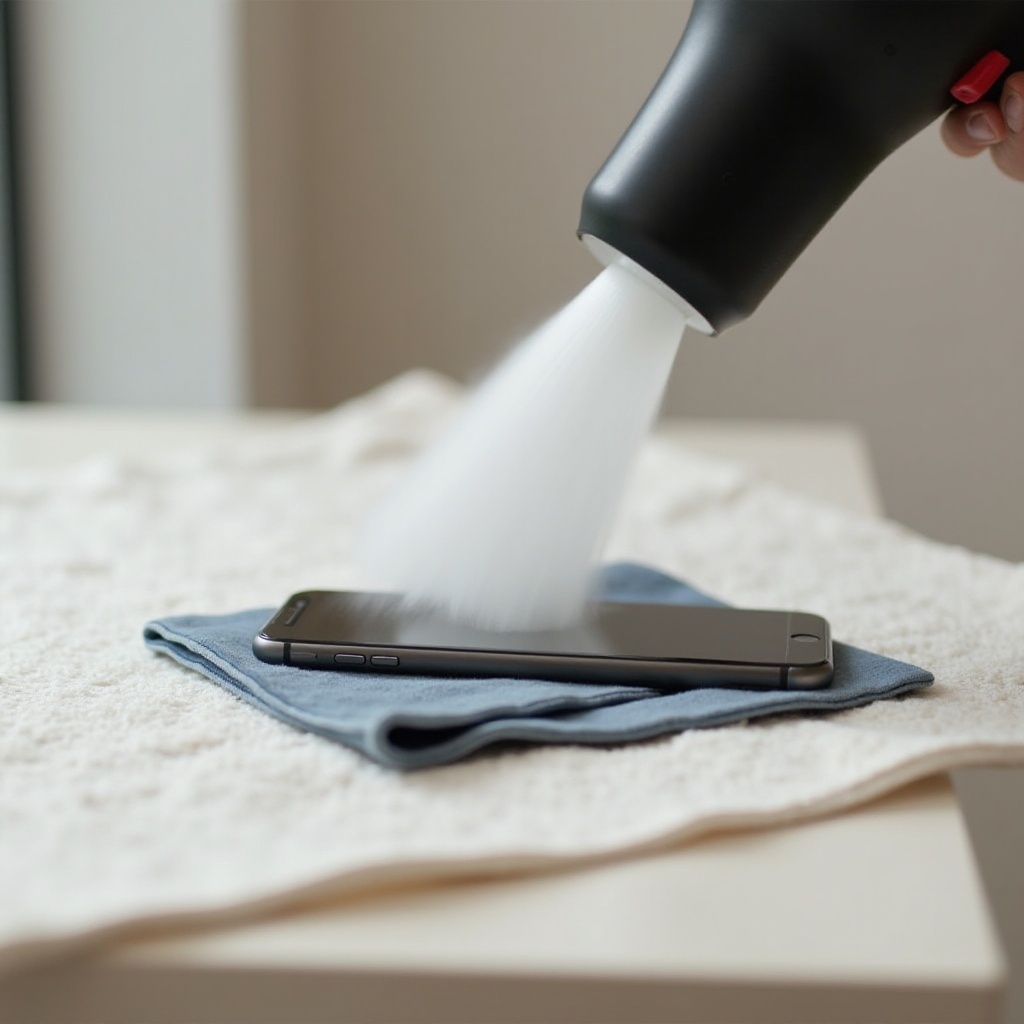
Immediate Actions to Take When Your iPhone Gets Wet
When your iPhone gets wet, every second counts. Taking immediate and proper steps will minimize water damage and increase the chances of saving your device.
Power Down Your Device
- Turn off your iPhone immediately to prevent short circuits.
- Hold down the power button until the 'slide to power off' option appears, then slide to turn off.
Remove Attachments and Accessories
- Take off any cases or covers.
- Eject the SIM card tray using a paperclip or SIM eject tool.
- Remove any other accessories connected to the device.
Initial Moisture Removal with a Cloth
- Use a soft, lint-free cloth to gently pat dry the exterior of the iPhone.
- Avoid using tissues or paper towels as they may leave residue.
Creating a foundation for effective drying starts with these quick and immediate actions. But you need additional steps to ensure your device is thoroughly dried.
Alternative Drying Methods That Work
While rice is not the answer, several other methods can effectively remove moisture from your iPhone. These methods leverage materials and tools superior to rice in absorbing and eliminating water.
Using Silica Gel Packets
- Place your iPhone in a sealable plastic bag with several silica gel packets.
- Seal the bag tightly to create a dry environment.
- Leave it for at least 48 hours to ensure thorough drying.
Using a Vacuum Bag
- Place your iPhone inside a vacuum-sealable bag.
- Seal the bag and use a vacuum cleaner to remove the air.
- This creates a low-pressure environment, encouraging moisture to evaporate.
Air Drying with Proper Airflow
- Place your iPhone in an upright position on a dry, open counter.
- Ensure good air circulation and room temperature conditions.
- Avoid direct sunlight or heat sources.
These methods are proven to effectively remove moisture and prevent further damage to your iPhone.
What to Avoid When Drying Your iPhone
Missteps in the drying process can lead to even more damage. Knowing what to avoid is as important as knowing what to do.
Avoid Heat-Based Methods
- Do not use hair dryers, ovens, or microwaves.
- Excessive heat can damage the internal components and screen.
Avoid Shaking or Pressing Buttons
- Avoid shaking the device to remove water, as this can spread liquid further inside.
- Refrain from pressing buttons, which might push water deeper into the iPhone.
Avoiding these common mistakes will help ensure that your iPhone doesn’t suffer further unintended damage.
Ensuring Your Device is Completely Dry
Even after using proper drying methods, it’s crucial to ensure your device is completely dry before turning it on. This phase requires patience and caution.
Timing and Patience Required
- Allow at least 48 hours for drying, even if the device appears dry externally.
- Resist the urge to turn it on prematurely.
Using Moisture Detection Methods
- Check the liquid contact indicator inside the SIM card tray.
- Use accessible moisture-detection tools or apps to ensure no residual dampness.
Patience during this final stage ensures a higher probability that your device will fully recover.
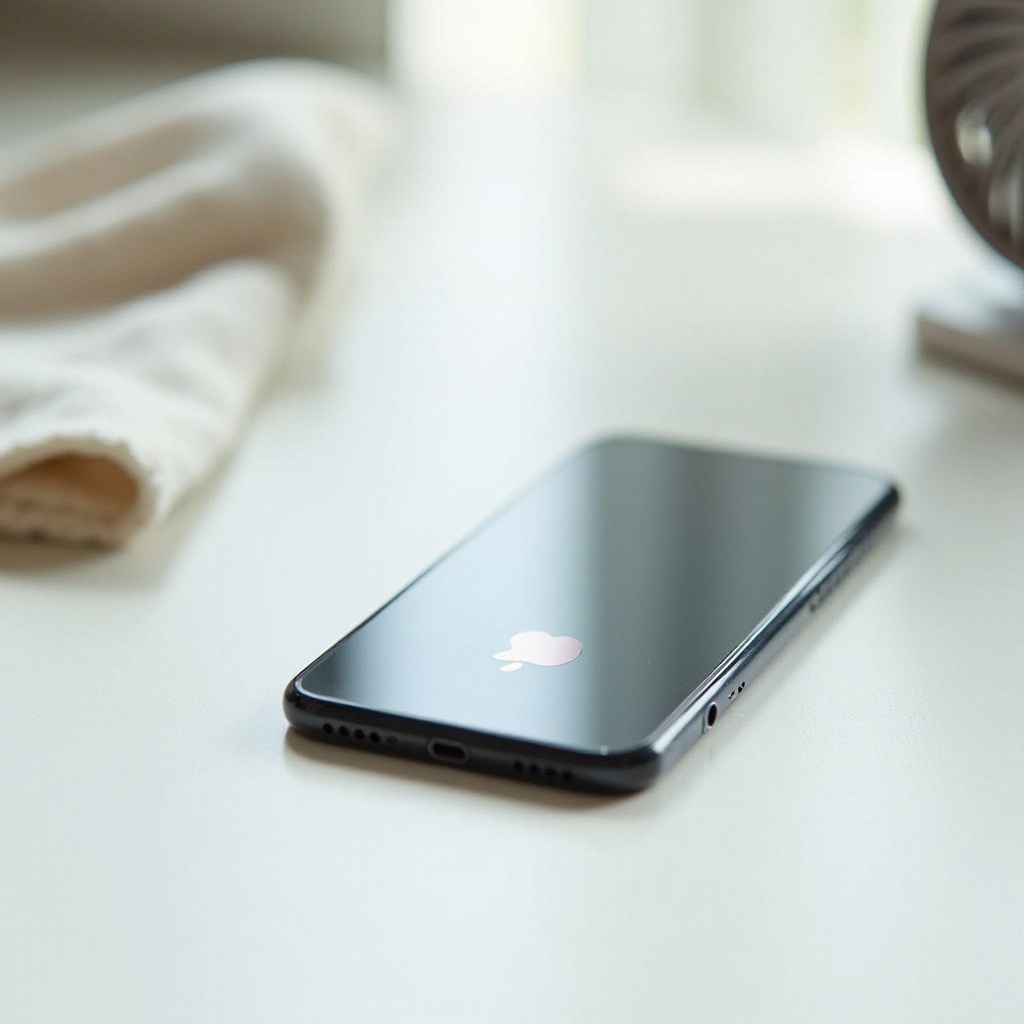
Preventative Measures for Future Protection
Prevention is always better than cure. Protecting your iPhone from potential water damage can save you from future emergencies.
Investing in Water-resistant Cases
- Choose high-quality cases designed for water resistance.
- Look for cases that provide full coverage, including ports and buttons.
Practical Tips for Avoiding Water Damage
- Avoid using your iPhone in humid or wet environments.
- Store your device in a safe, dry location when not in use.
These preventive measures provide extra insurance for your iPhone, minimizing the risks of accidental water exposure.
Conclusion
In conclusion, knowing how to dry your iPhone without rice can save you from permanent water damage and costly repairs. Remember to act quickly, use effective drying methods like silica gel packets or vacuum bagging, and avoid common pitfalls. Ensuring your device is completely dry before turning it on is key to its recovery. Protect your iPhone with preventive measures to keep it safe from future incidents.
Frequently Asked Questions
Can I use a hairdryer to dry my iPhone?
No, using a hairdryer can cause additional damage due to the high heat. It's best to avoid any heat-based drying methods.
How long should I keep my iPhone in silica gel packets?
For the best results, keep your iPhone in a sealed bag with silica gel packets for at least 48 hours.
What should I do if my iPhone still doesn’t turn on?
If your iPhone doesn't turn on after trying the drying methods, contact Apple Support or visit an authorized service provider for further assistance.
